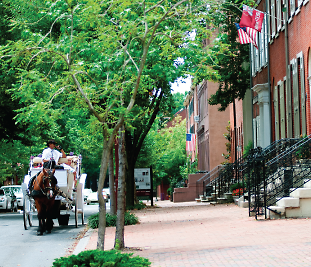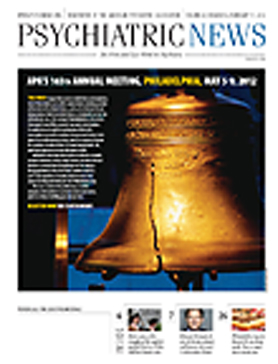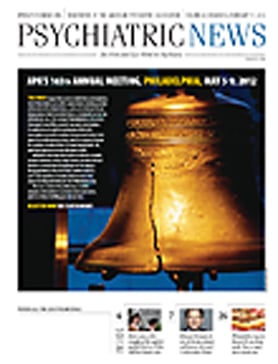History is everywhere in Philadelphia and permeates even neighborhoods where contemporary Philadelphians reside. Society Hill, a residential neighborhood that includes land from the Delaware River on the east to Washington Square, and from Walnut Street in the north to Lombard Street, is named for the Free Society of Traders, a group of wealthy Quakers to whom William Penn granted the land in the 1680s. On this land the Free Society of Traders operated a sawmill, a glasshouse, and a tannery; in the 18th century, the neighborhood was removed from the avenues of commerce and given the residential character it retains today. Many of the historic structures in the neighborhood are still in use. The neighborhood makes for a charming pedestrian tour.
Here are just some of the landmarks of Society Hill, listed (roughly) in a geographically sequential order, beginning at the northwest corner of the neighborhood and winding up and down its streets.
Locust Street between 4th and 5th streets features the Rose Garden, planted by the Daughters of the American Revolution and dedicated to the Signers. On the south side of Locust Street is the Magnolia Tribute Garden.
St. Joseph’s Church, located at 321 Willings Alley, was founded in 1733 and is the oldest Roman Catholic church in the city. On the north wall there is a commemorative plaque to William Penn, who brought religious toleration and understanding to the colony.
Shippen-Wistar House, at the corner of 4th Street and Locust, was built about 1750 by William Shippen, M.D., a prominent physician who served in the Continental Congress. Richard Henry Lee, Francis Lightfoot Lee, John Adams, and George Washington were among the guests known to have visited. In 1798 the house was sold to Caspar Wistar, M.D., another of Philadelphia’s famed physicians and one of the early advocates of vaccination.
Old St. Mary’s Church, located at 252 South 4th Street, was founded in 1763 as the first Roman Catholic cathedral of the Diocese of Philadelphia. Along the north wall of its burial ground are the graves of Thomas FitzSimons, signer of the Constitution and a member of the Continental Congress; Stephen Moylan, a general officer in the Revolution and aide-de-camp to Washington; and Commodore John Barry, considered the father of the American Navy. Also buried here are the early Bouviers, ancestors to Jacqueline Kennedy Onassis.
The Wharton House, at 336 Spruce Street, was built in 1790. In 1800 the house was occupied by Anthony Morris, who, in 1813, represented the United States at the Court of Spain and conducted the diplomatic negotiations that resulted in the purchase of Florida from Spain. Later residents were William and Deborah Wharton, whose son Joseph (1826-1909) founded the Wharton School of Finance at the University of Pennsylvania.
Powel House, at 244 South 3rd Street, was built in 1765 and purchased in 1768 by Samuel Powel, the last Colonial mayor of Philadelphia and the first mayor after the Revolution. The ballroom on the second floor dominates, and it was here that Washington, Adams, Franklin, Lafayette, and other worthies were entertained by Mrs. Powel, considered one of the most brilliant hostesses of her time.
John Penn’s House, immediately next to the Powel House, at 242 South 3rd Street, is the home of John Penn, the last Colonial governor of Pennsylvania. (The home is not open to the public.)
A Man Full of Trouble Tavern is the only tavern remaining from Colonial Philadelphia. It is located at 125-127 Spruce Street and was built in 1759. The tavern’s rooms are low ceilinged, and the tavern room itself, for eating and drinking, is warm and inviting.
Thaddeus Kosciuszko House, on the northwest corner of 3rd and Pine streets, was for a time the home of Thad-deus Kosciuszko, the Polish patriot who fought for the American cause during the Revolution. One of his first duties upon arrival was helping fortify the city against the British fleet’s expected attack. The house was also the birthplace of Col. John Nixon (1733-1808), who first read the Declaration of Independence publicly in the State House Yard on July 8, 1776.
The Third Street Presbyterian Church, at 4th and Pine, is more familiarly known as Old Pine. Although built in 1766, the church was altered twice (in 1837 and 1857), and a Greek Revival front was added. The church’s handsome Corinthian columns lend elegance to the old neighborhood. During the Revolution the British used the church as a hospital. One hundred Hessians are buried in a common grave along the east wall of the church. Eugene Ormandy, renowned conductor of the Philadelphia Orchestra, is also interred at Old Pine.
Society Hill Synagogue, at 418 Spruce Street, was built in 1829 first as the Spruce Street First Baptist Church. Later, it was a Romanian Synagogue, and it now is home to a Conservative Jewish congregation. It was designed by Thomas U. Walter, the architect responsible for the Capitol dome and the Senate and House wings of the Capitol building.
Physick House, at 252 South 4th Street, was built in 1786 by Henry Hill, the executor of Benjamin Franklin’s will, and was purchased for Philip Syng Physick, M.D., by his sister in 1790. Physick lived in the house from 1815 until his death, and his descendants lived here until 1941. The Society of Cincinnatus has its headquarters in the upstairs parlor. A room honoring Physick and his many surgical inventions is also on the second floor.

More Information
St. Joseph’s Church
(215) 923-1733
Old St. Mary’s Church
(215) 923-7930
Powel House
(215) 627-0364
Thaddeus Kosciuszko House
(215) 597-7130
Old Pine Street Church
(215) 925-8051
Society HIll Synagogue
(215) 922-6590
Physick House
(215) 925-7866


